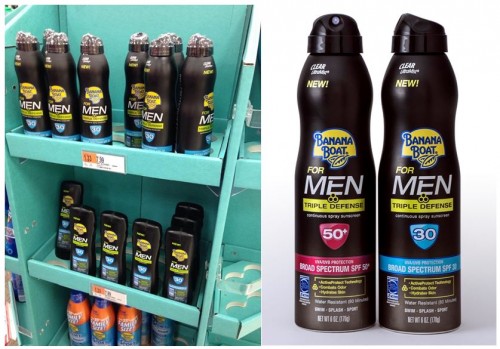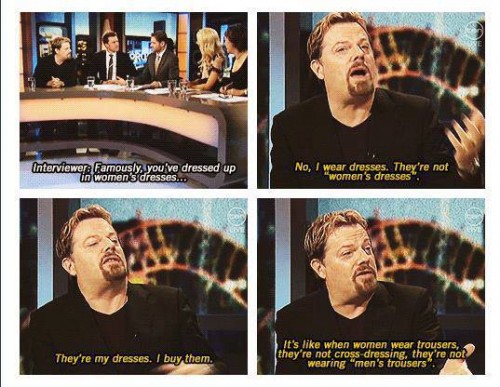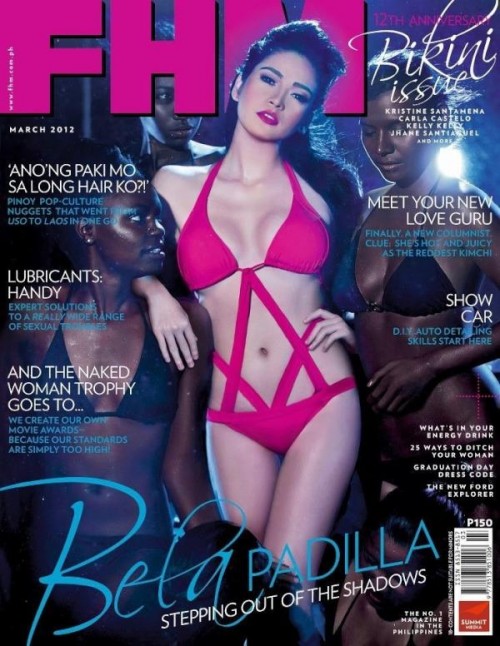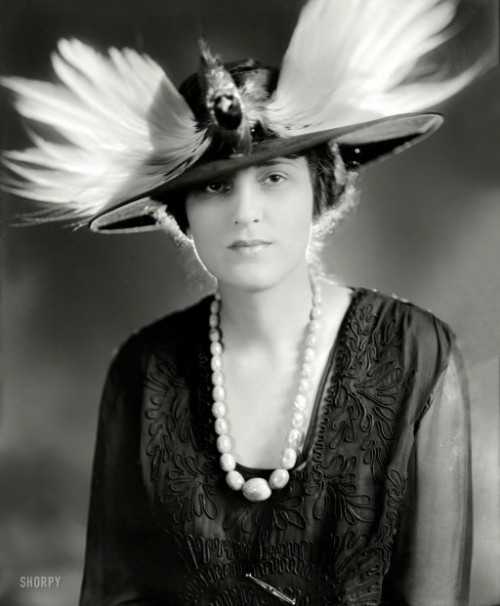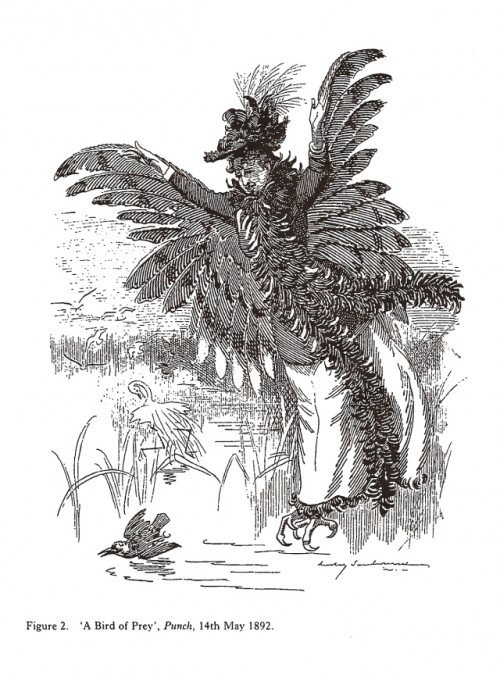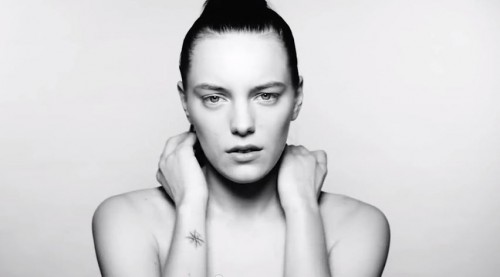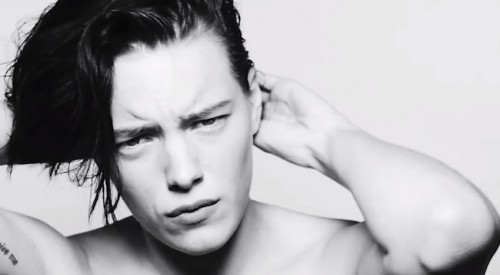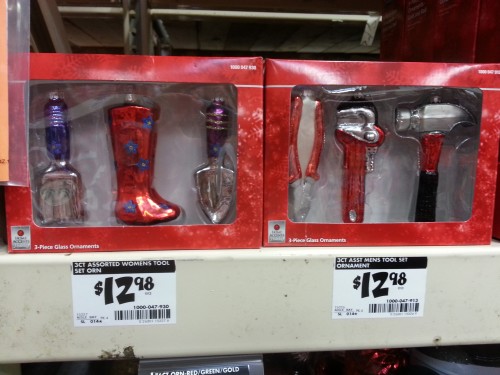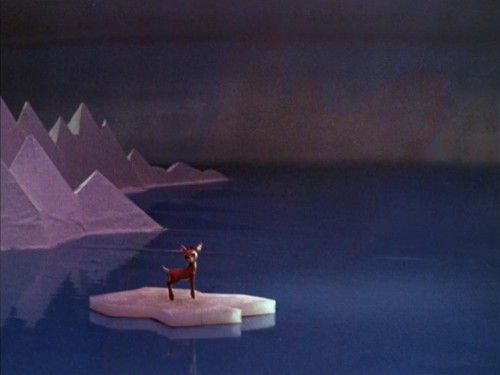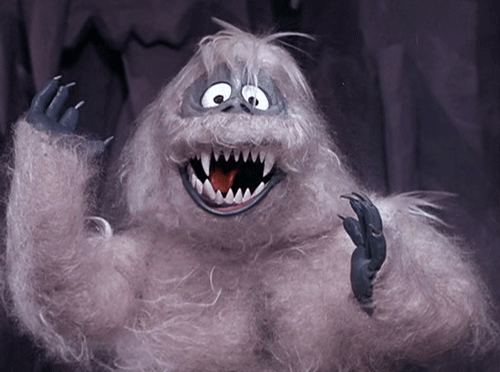Lotion is socially constructed as feminine in the U.S. and so some men, attempting to avoid the prevailing insults of our time — gay, fag, bitch, pussy, douche, girl, and woman — are disinclined to use it.
Eeeew, lotion!
You know who you are, guys.
Sunscreen is a category of lotion and so putting on sunscreen is equivalent to admitting you’re the sun’s bitch. Men are supposed to let the sun bake their face into a tough, craggy masculinity that says “yeah, I go outdoors and, when I do, I don’t give a shit.”
Because caring about one’s health is for pussies, some scholars argue that being male is the single strongest predictor of whether a person will take health risks. In fact, thanks in part to the stupid idea that lotion carries girl cooties, men are two to three times more likely to be diagnosed with skin cancer.
So, fine dudes, here’s some sunscreen for men. For christ’s sake.
Thanks to @r0setayl0r and @ryesilverman for sending along the product! Check it out on our truly humorous pointlessly gendered products Pinterest board.
Lisa Wade, PhD is an Associate Professor at Tulane University. She is the author of American Hookup, a book about college sexual culture; a textbook about gender; and a forthcoming introductory text: Terrible Magnificent Sociology. You can follow her on Twitter and Instagram.


